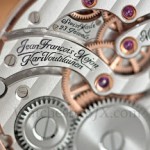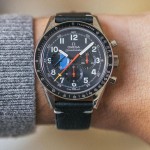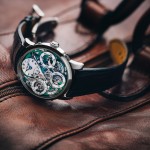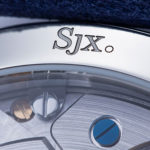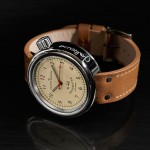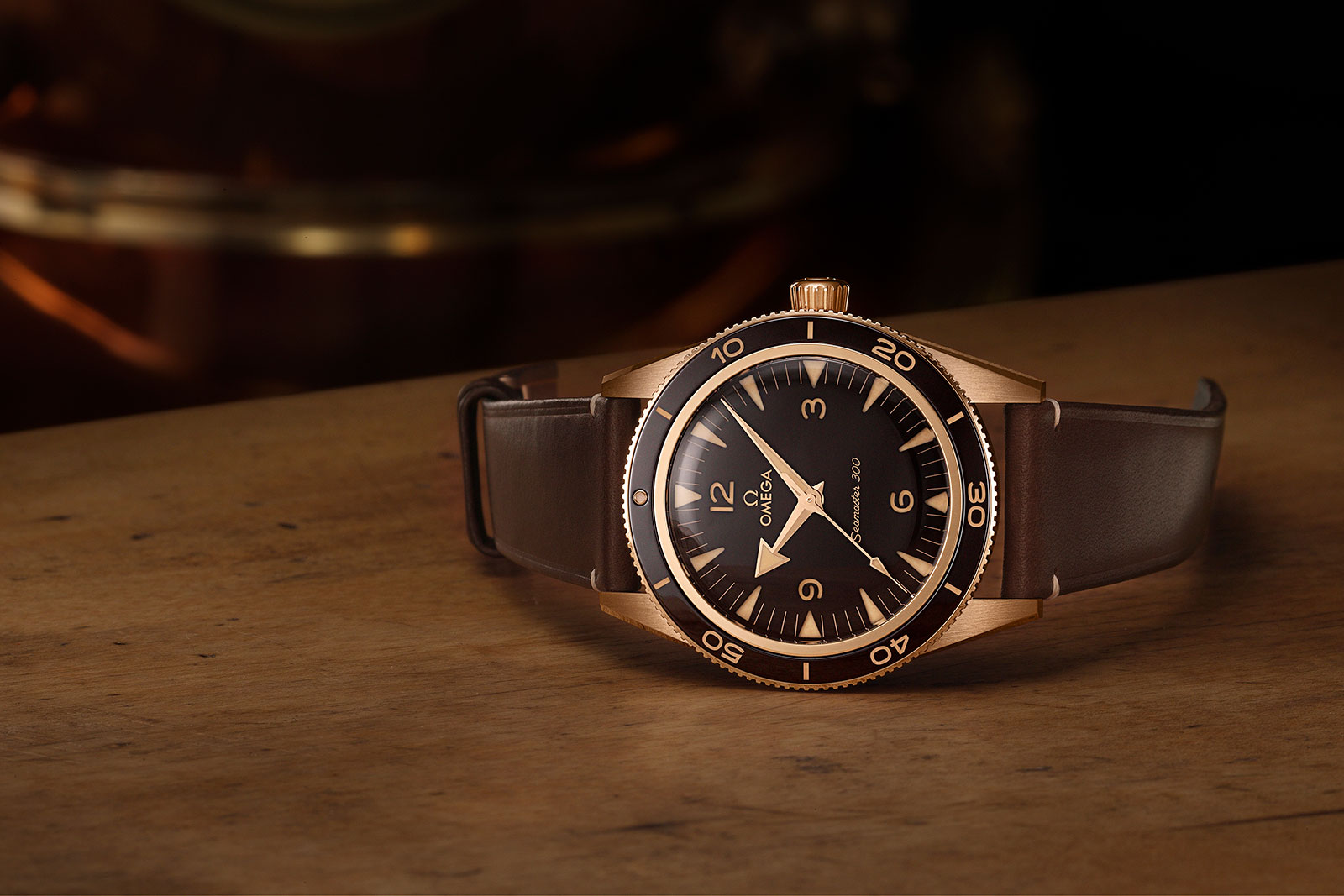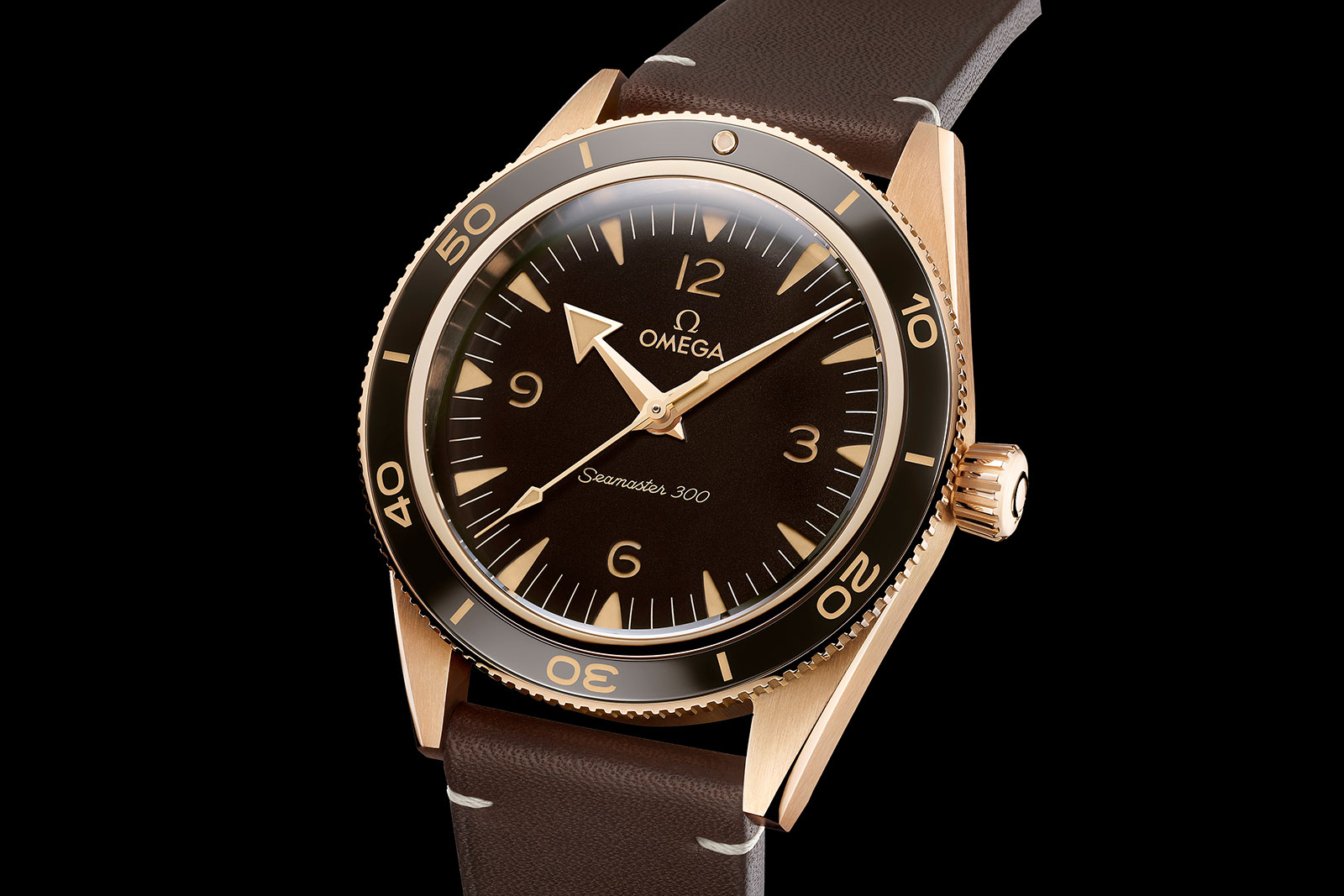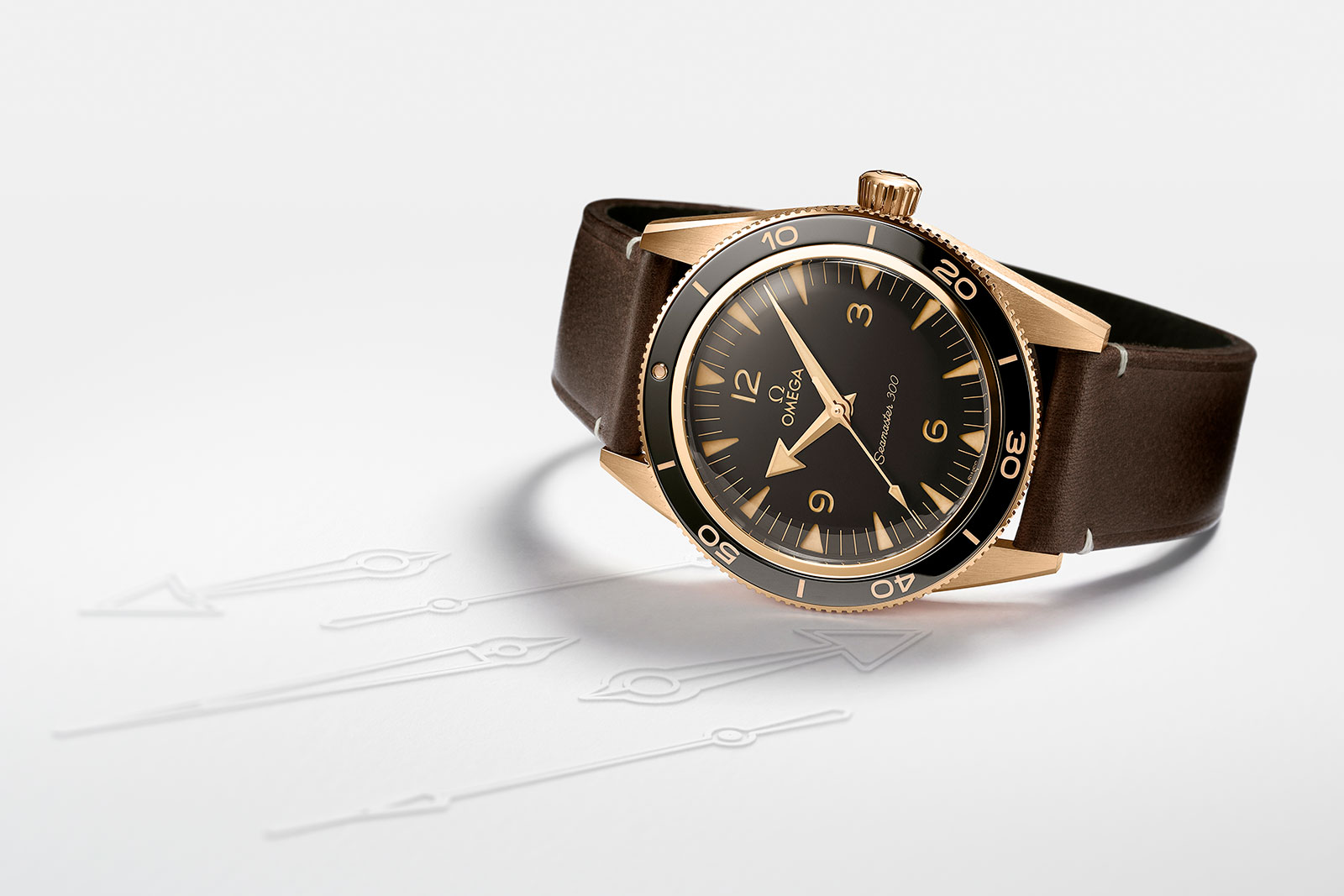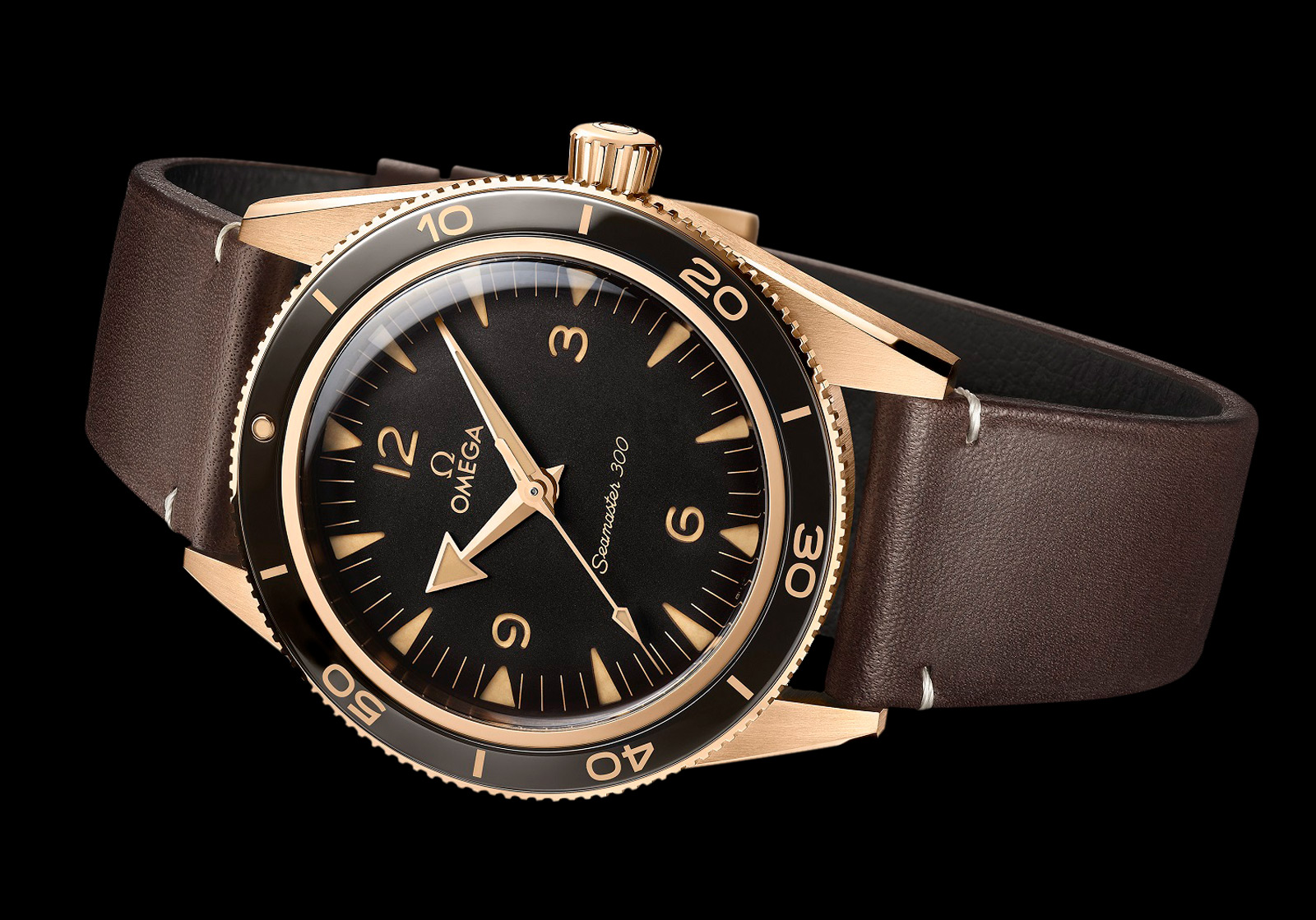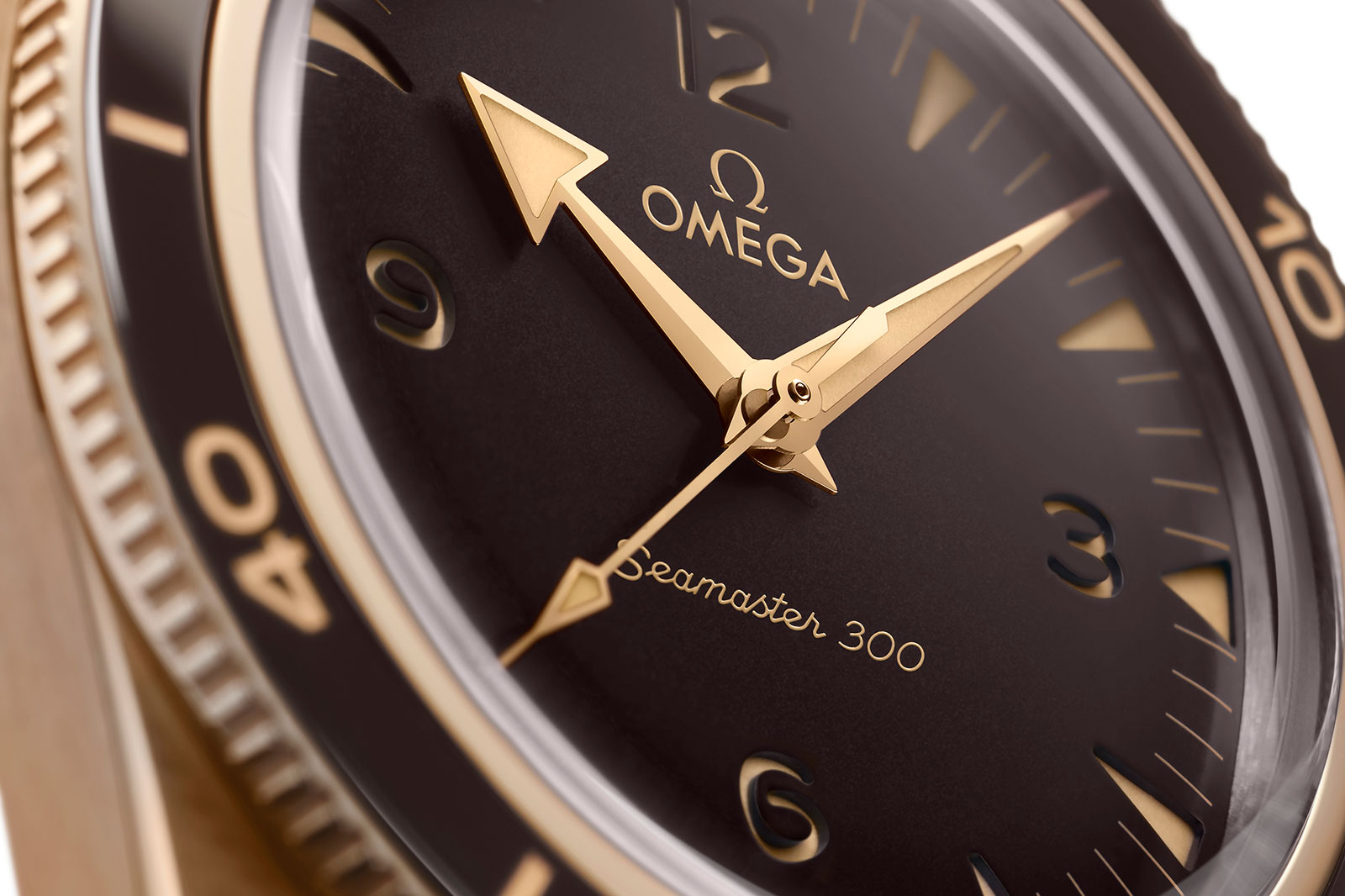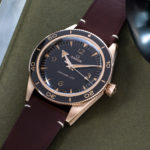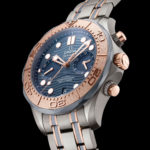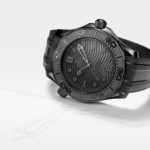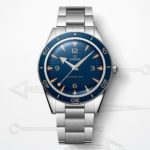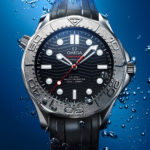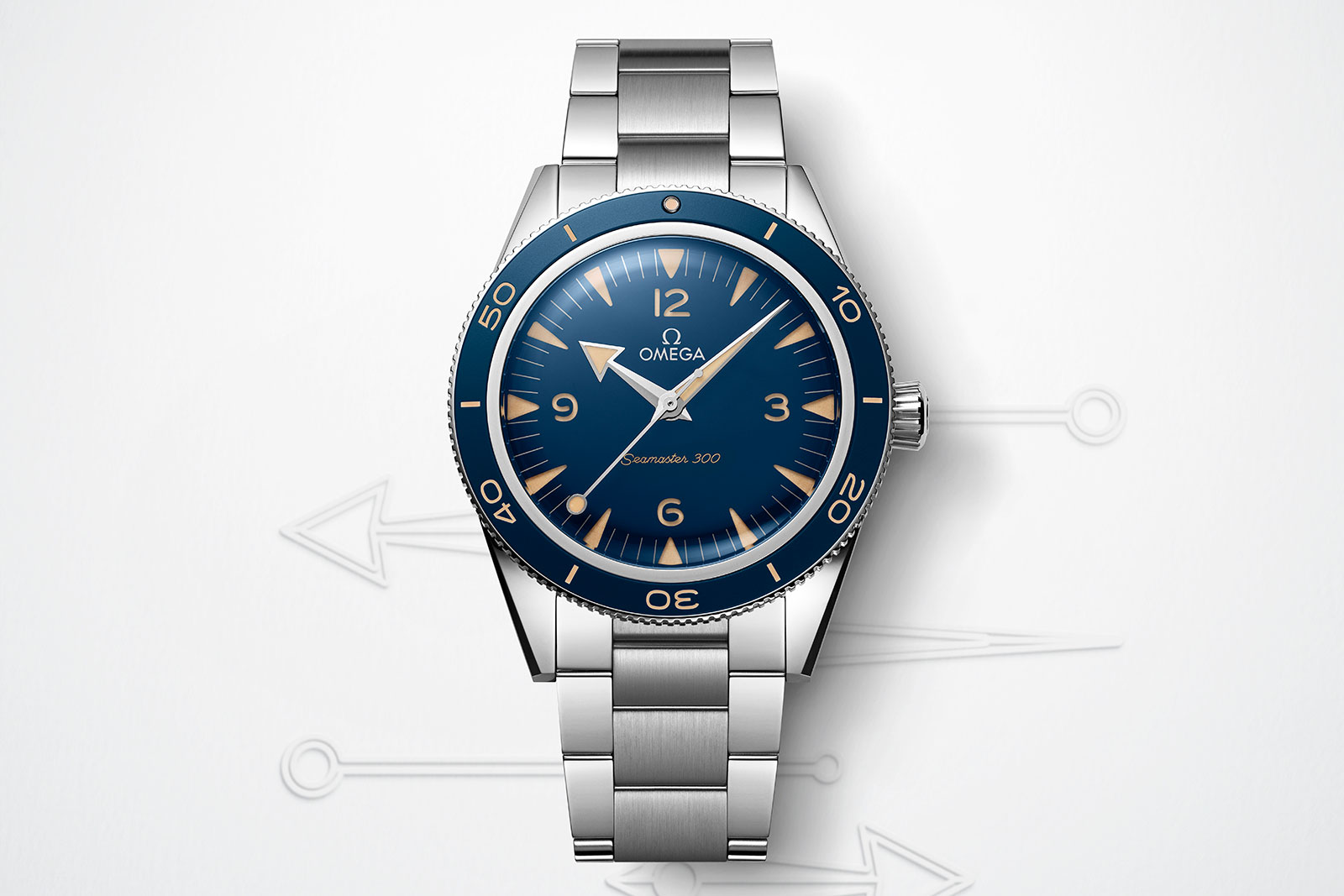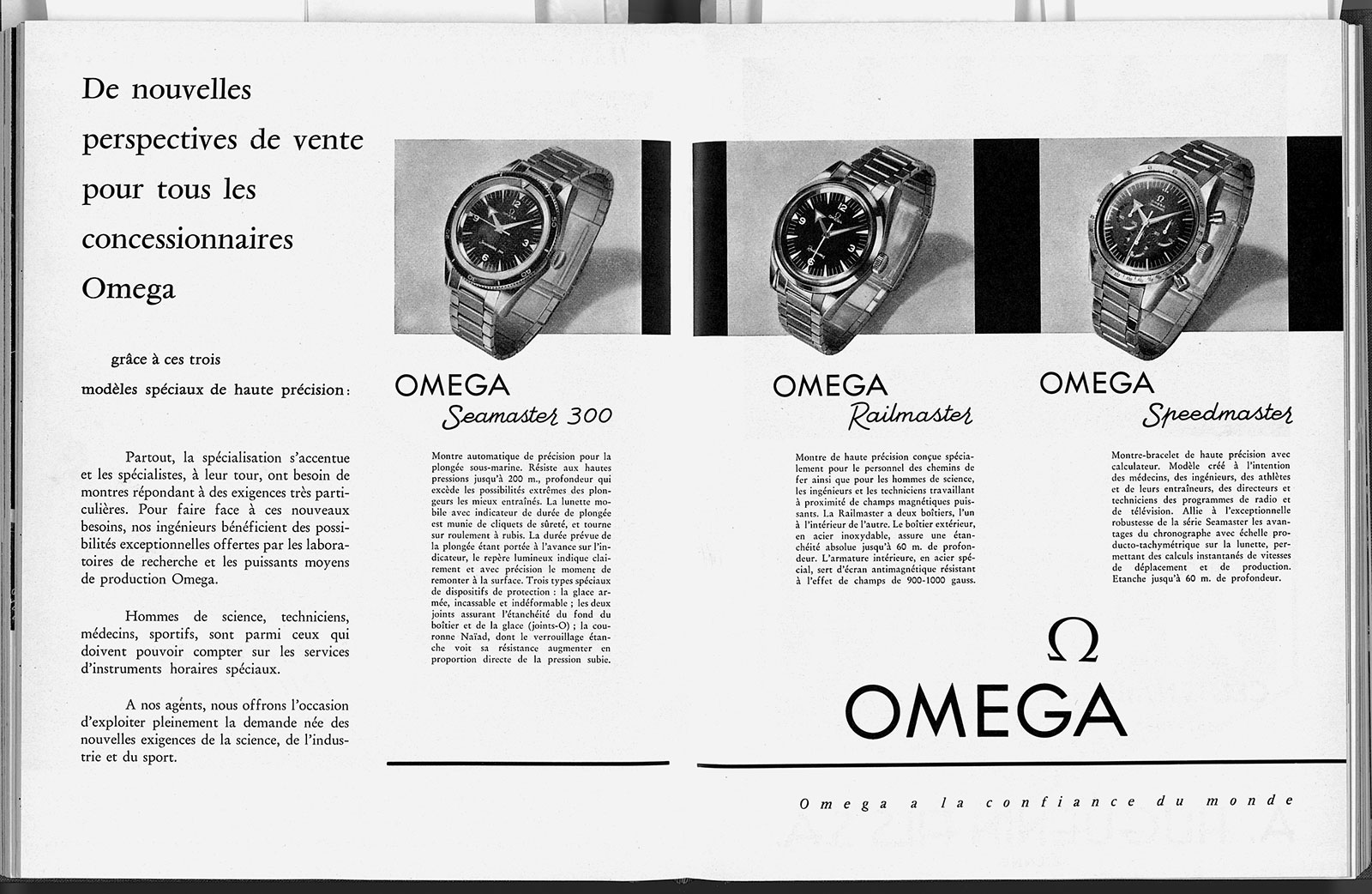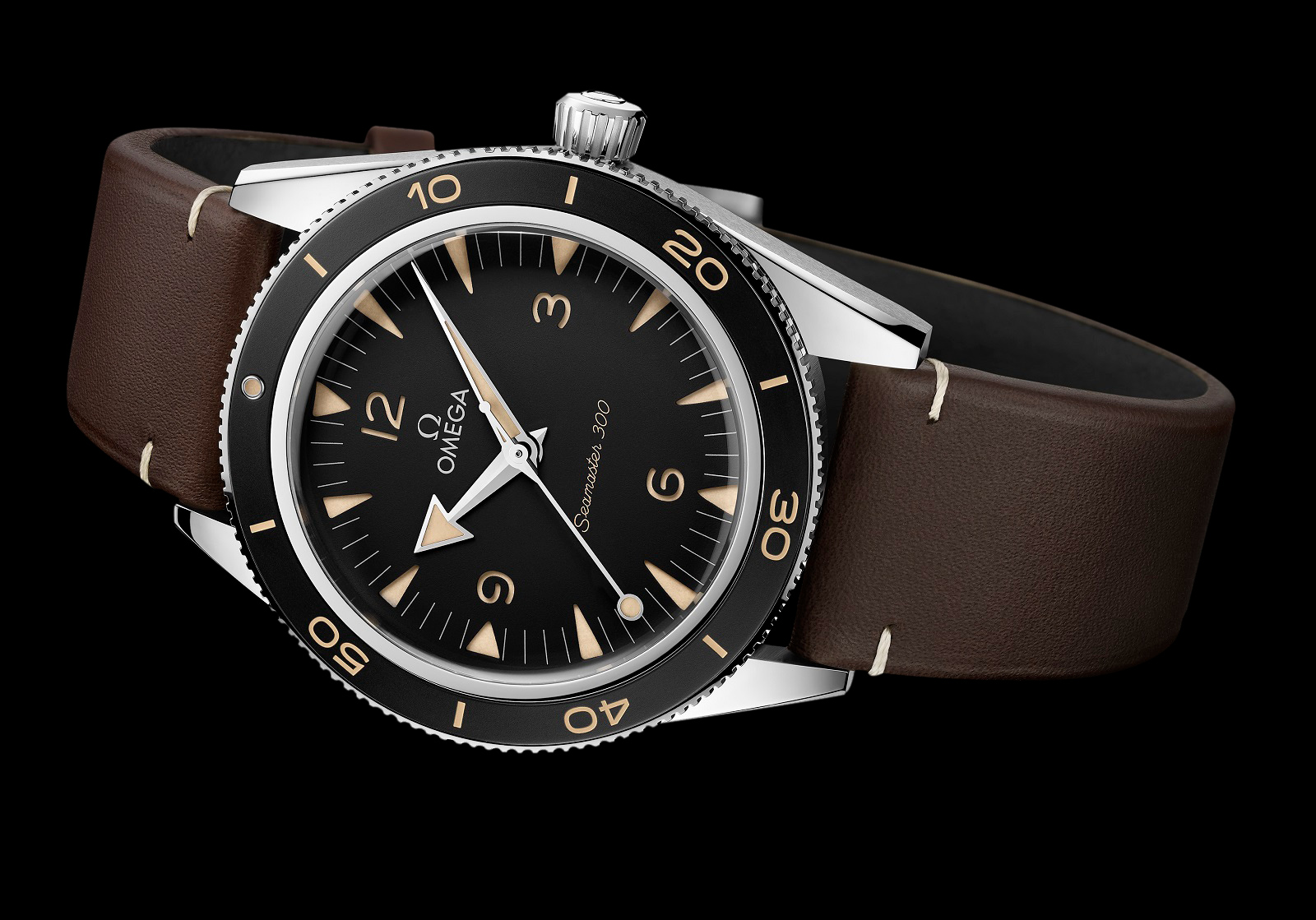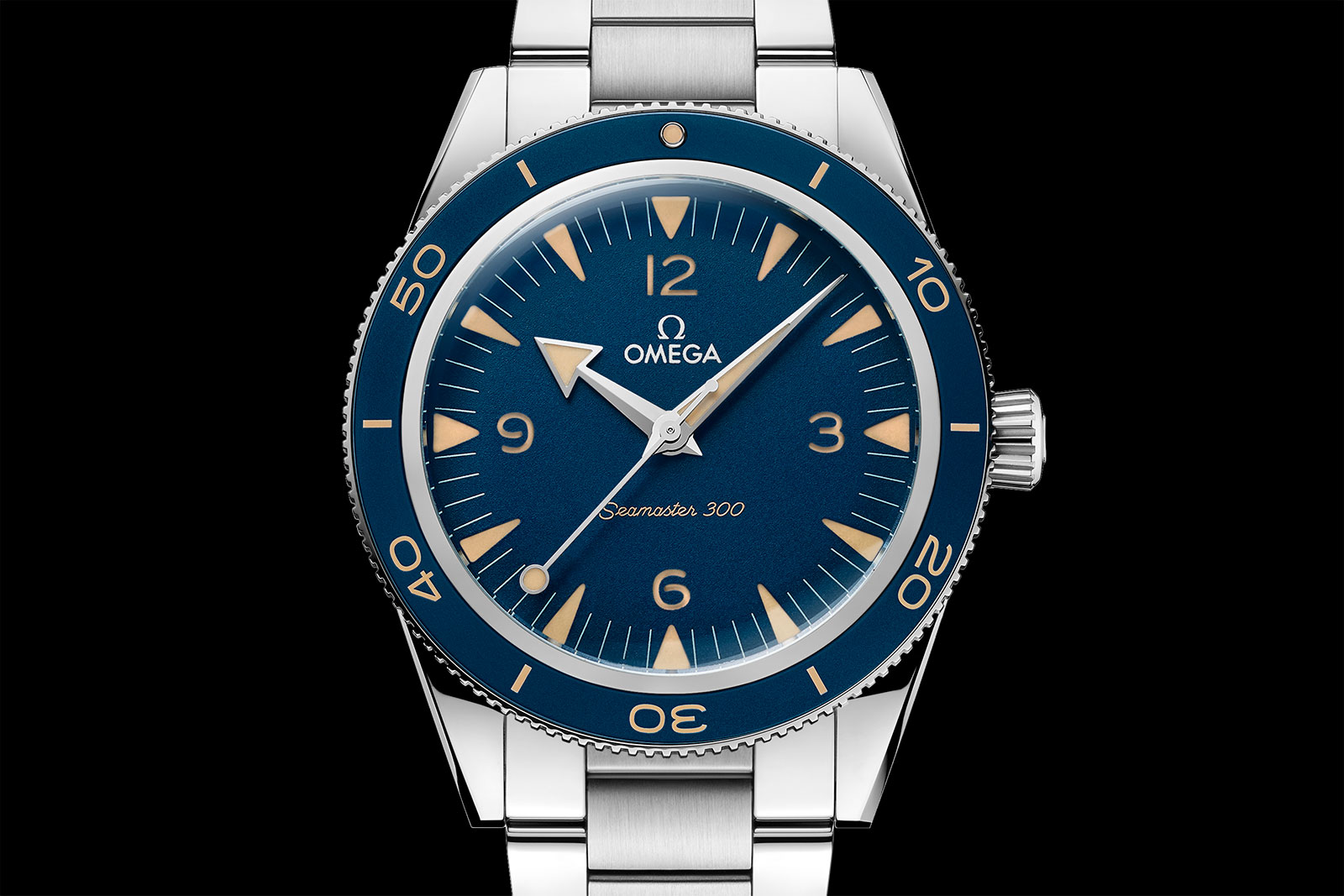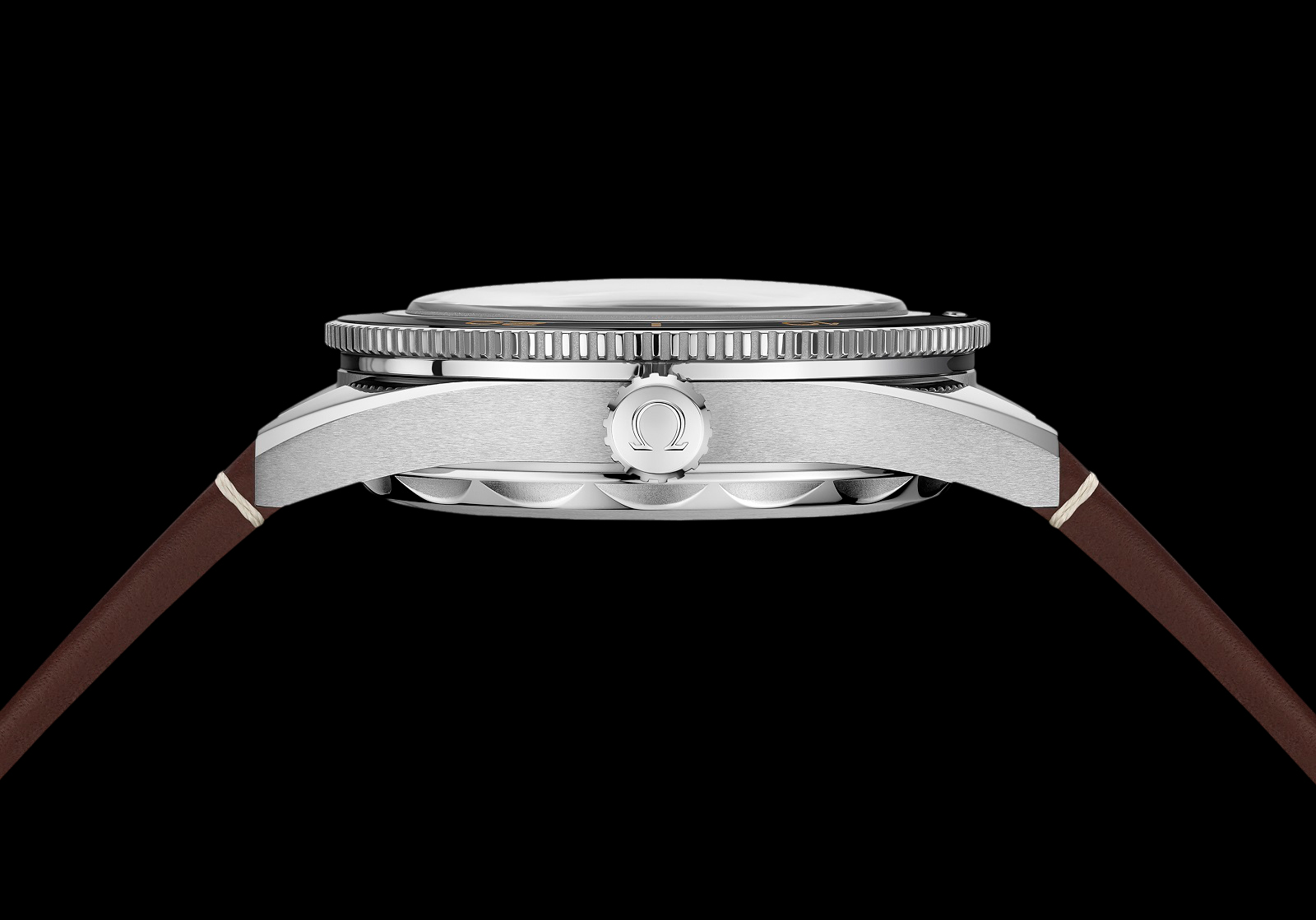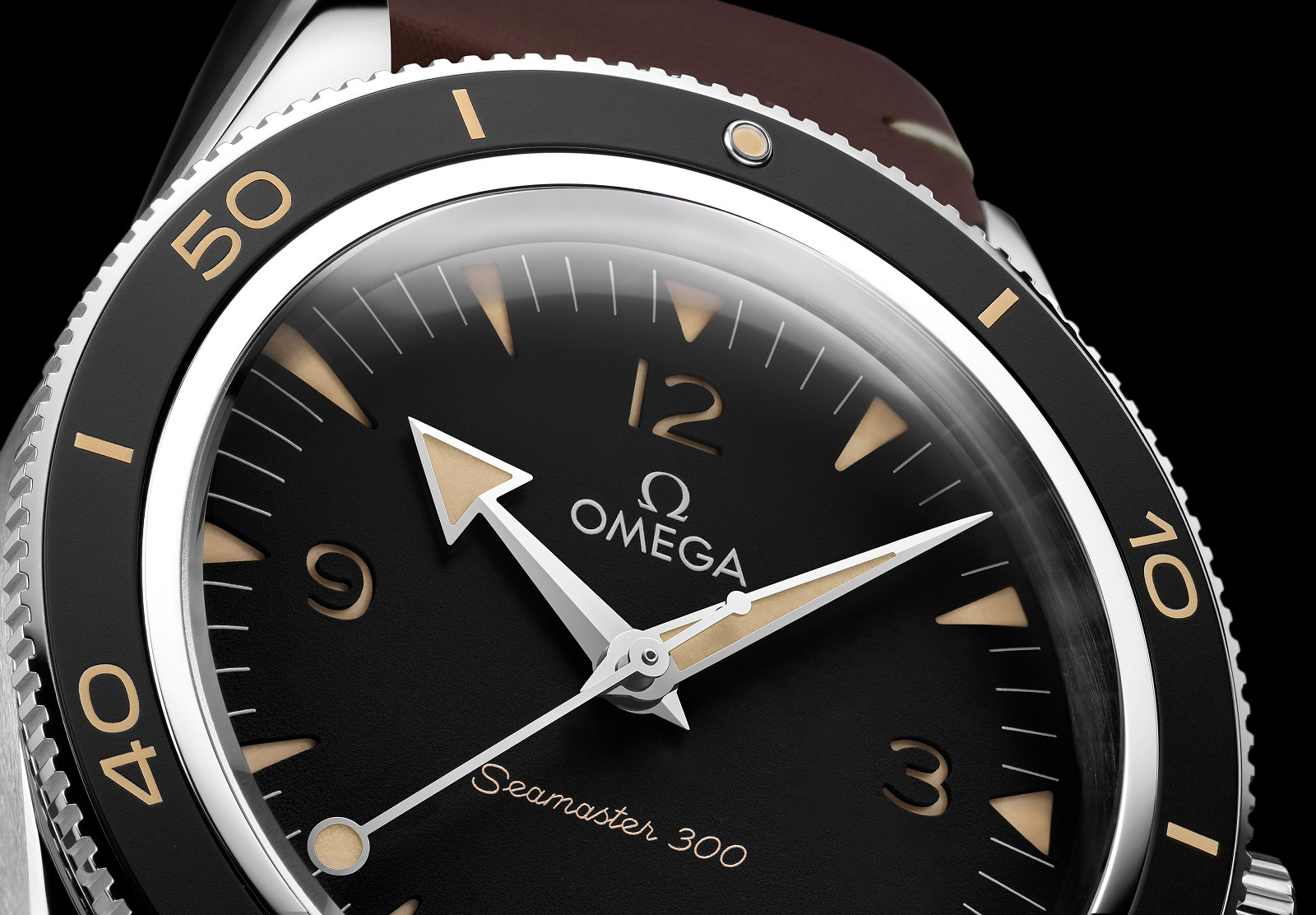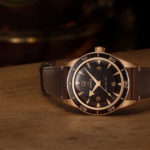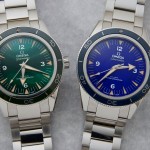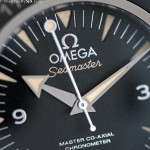MB&F Marks the 10th Anniversary of the Legacy Machine
With the LMX.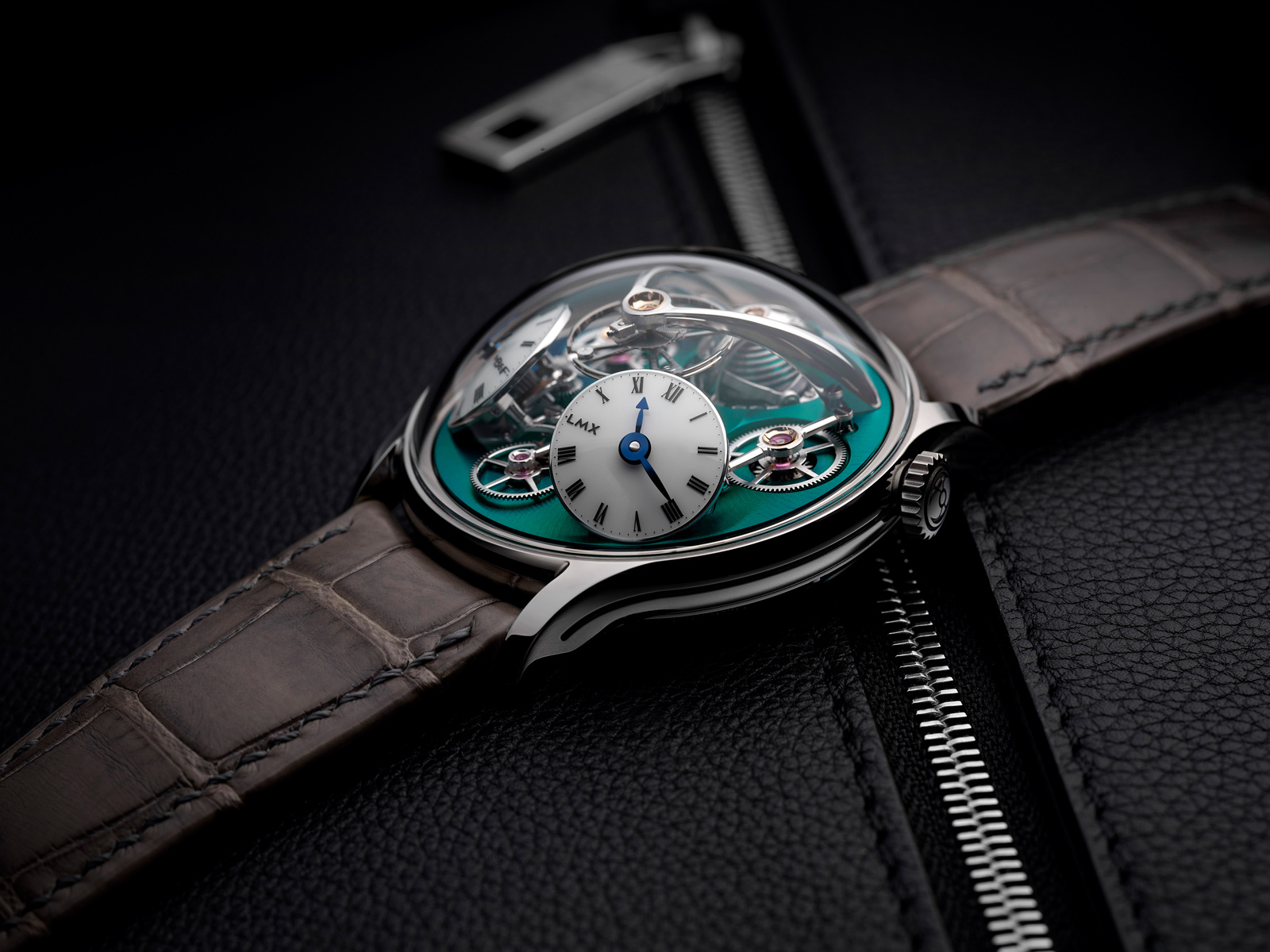
Though MB&F was founded on the premise of avant-grade expressions of the watch case with its Horological Machines, the brand has an equally successful, and far more traditional, collection of watches with conventional round cases, the Legacy Machines (LM).
It’s hard to believe, but the LM collection is a decade old now (and MB&F itself is almost 16 years old). For the LM’s 10th anniversary, MB&F has created ultimate version of the LM1, the watch that launched the series.
Short for Legacy Machine X – with the final letter being a Roman “10” – the LMX incorporates diverse elements from the past decade’s watches as well as several new ideas, resulting in a familiar but all-new “machine”. So it has the familiar twin sub-dials for two time zones, but now inclined. Likewise, the LMX features a vertical power reserve indicator, but now made more elaborate with a spherical display. And all of that is contained within a thinner case that’s similar to that first seen on the LM Thunderdome triple-axis tourbillon.
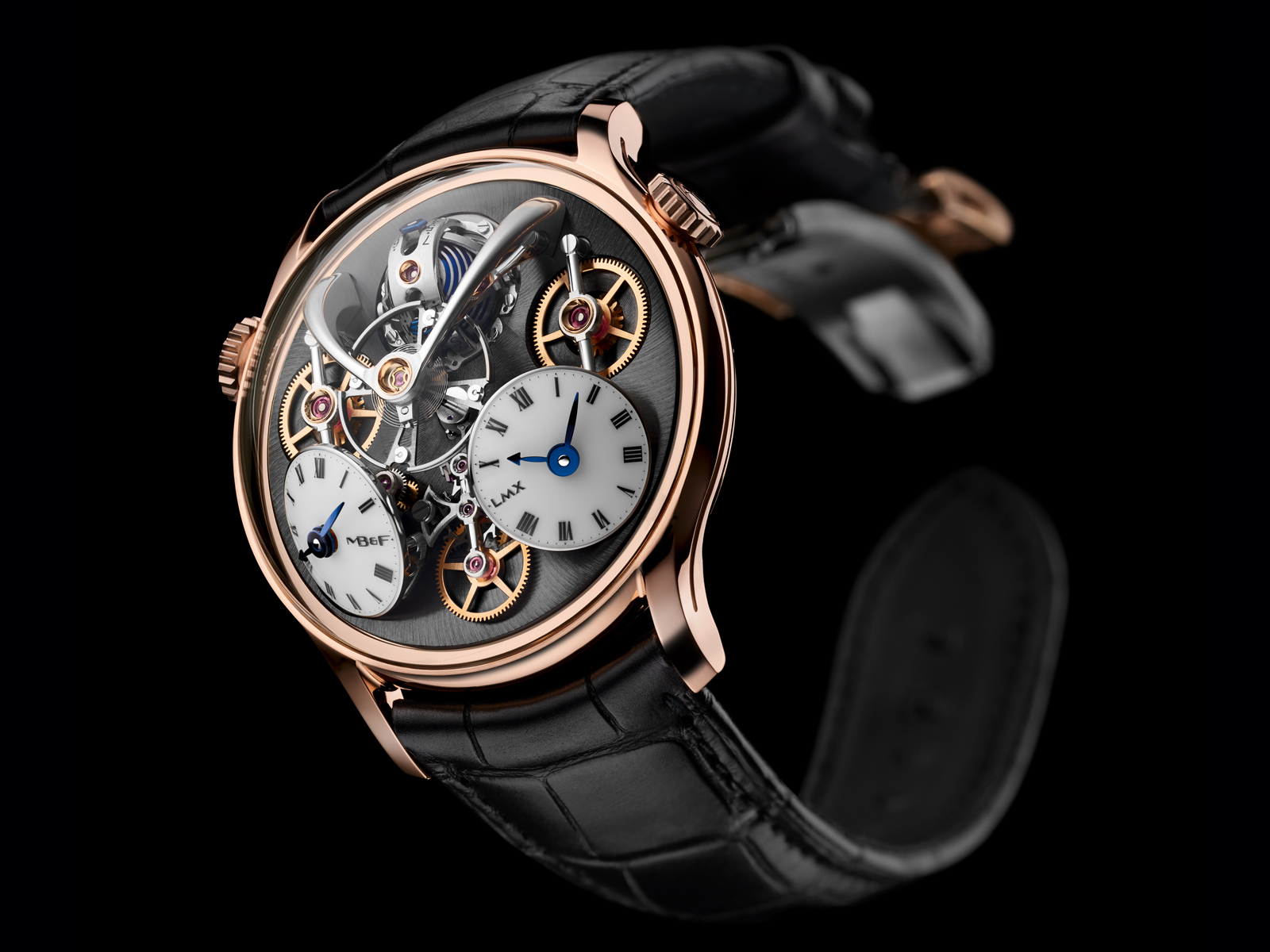
The LMX in pink gold
Initial thoughts
Compared to the original LM1, the LMX is indeed heavily upgraded inside and out, with a sleeker styling that includes a more three-dimensional dial, as well as a newly-developed, triple-barrel movement with weeklong power reserve. By most measures, the LMX is an excellent evolution of the original LM idea – and an impressive watch in its own right – but it does feel less adventurous than it should be for a milestone project.
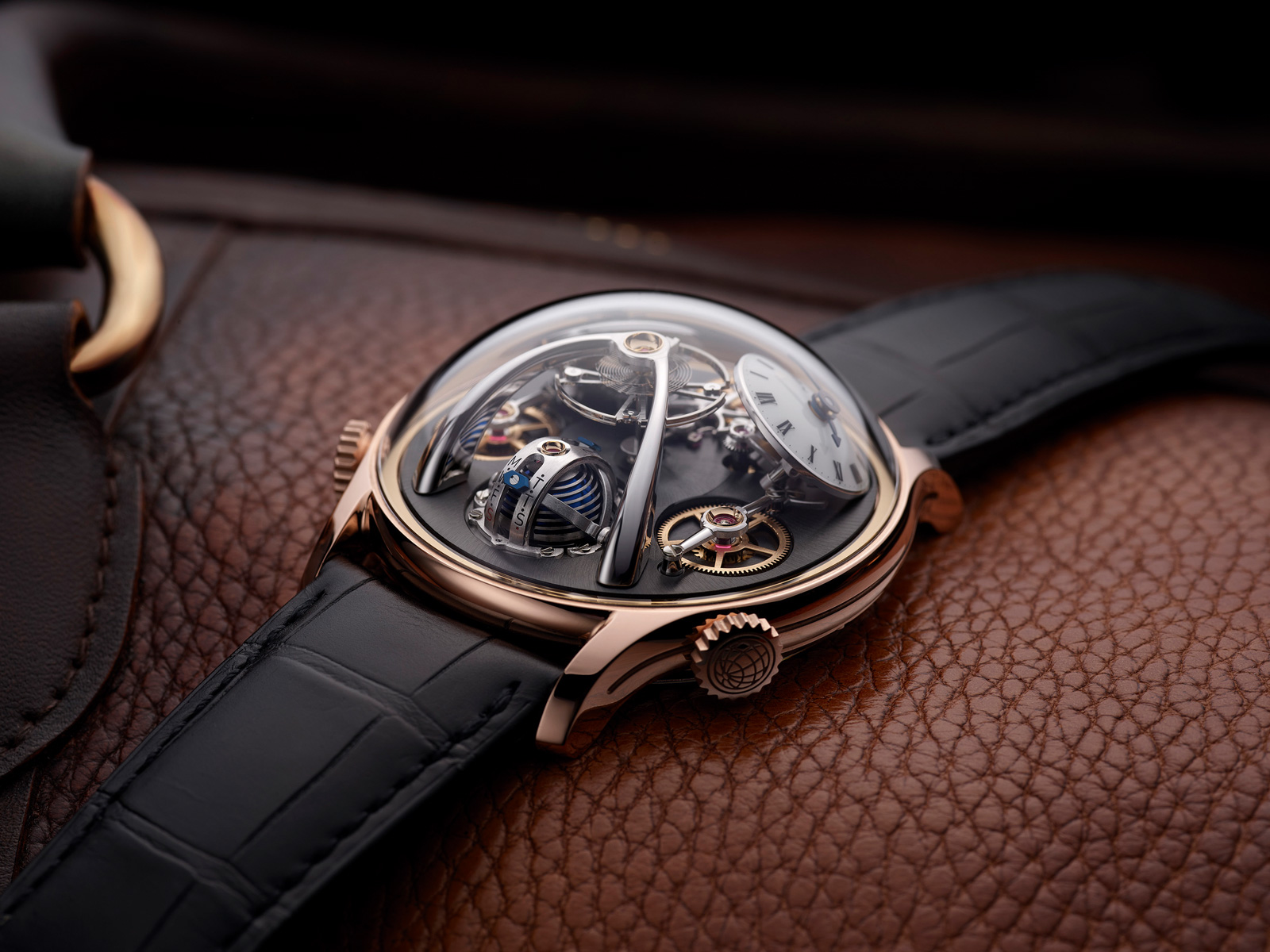
Several details of the LMX are striking. As the twin dials are inclined towards the wearer, more of the mechanics on the dial are revealed – illustrating how MB&F excels at creating a dynamic mechanical architecture that’s also cleanly styled. Add to that several steel bridges that are symmetrical and finely finished, and there’s a lot to admire on the dial.
One of the most intriguing elements of the dial is the hemispherical power reserve, which doubles up as a day-of-the-week display. But it is small enough that it’s hard to read, and also a bit of a hassle: indicating the day means having to wind the watch on a specific day in order to coordinate the indicator with the calendar.
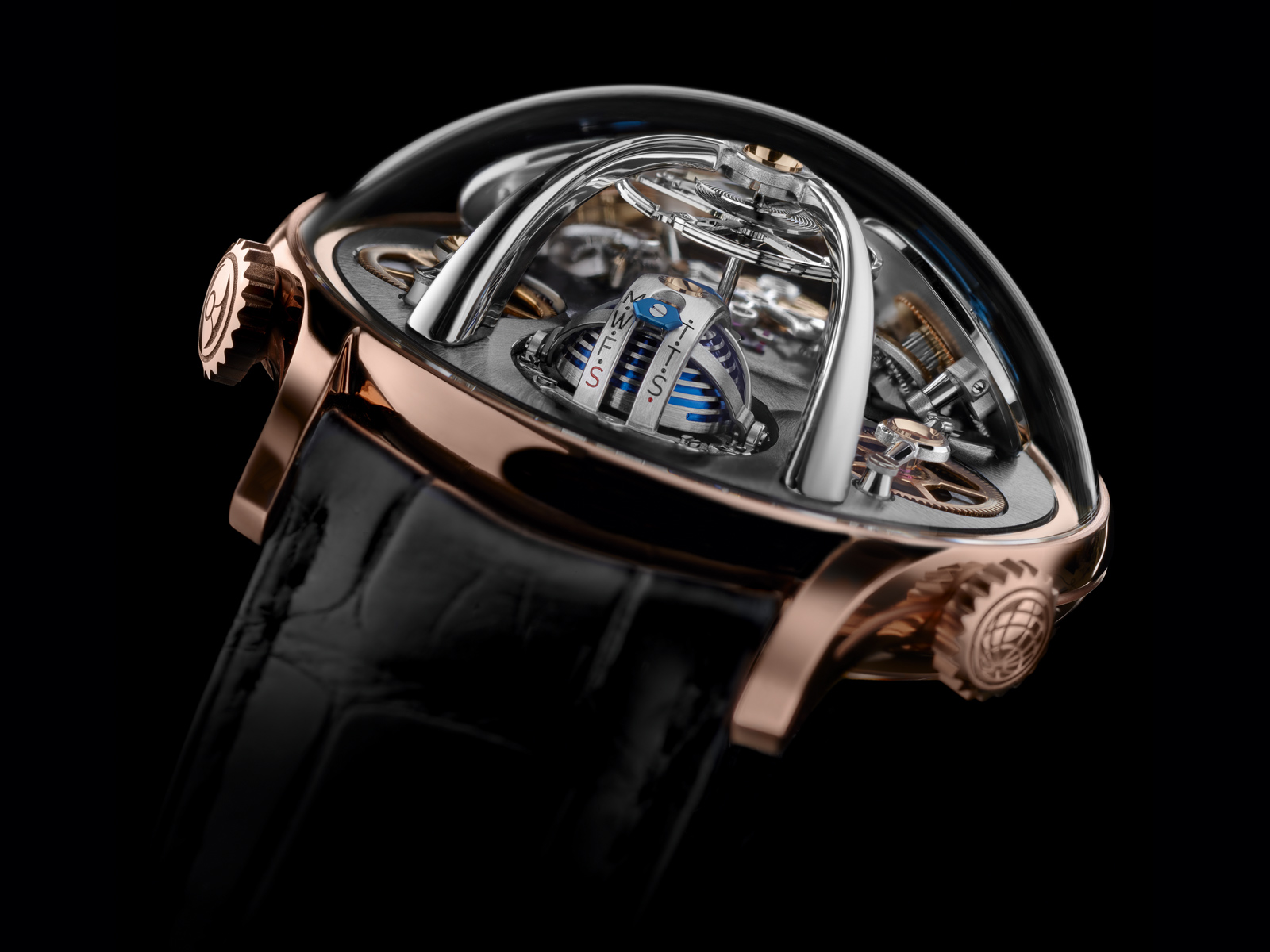
The hemispherical power reserve indicator is two sided, showing both the day of the week or days of power reserve remaining, and can be rotated according to the wearer’s preference
The LMX, however, is similar in size to the LM1, which means more complicated mechanics within a similar space. That achievement is notable, and enhanced by the perceived slimness of the watch. Because its case band is narrow – the majority of its height is the huge crystal – the LMX feels surprisingly thin.
All the improvements comes at a slightly steeper price than the original, starting at US$112,000 for the titanium LMX, rising to US$128,000 for the pink gold version. That said, factoring in inflation and the additional features, it’s a fair increase.
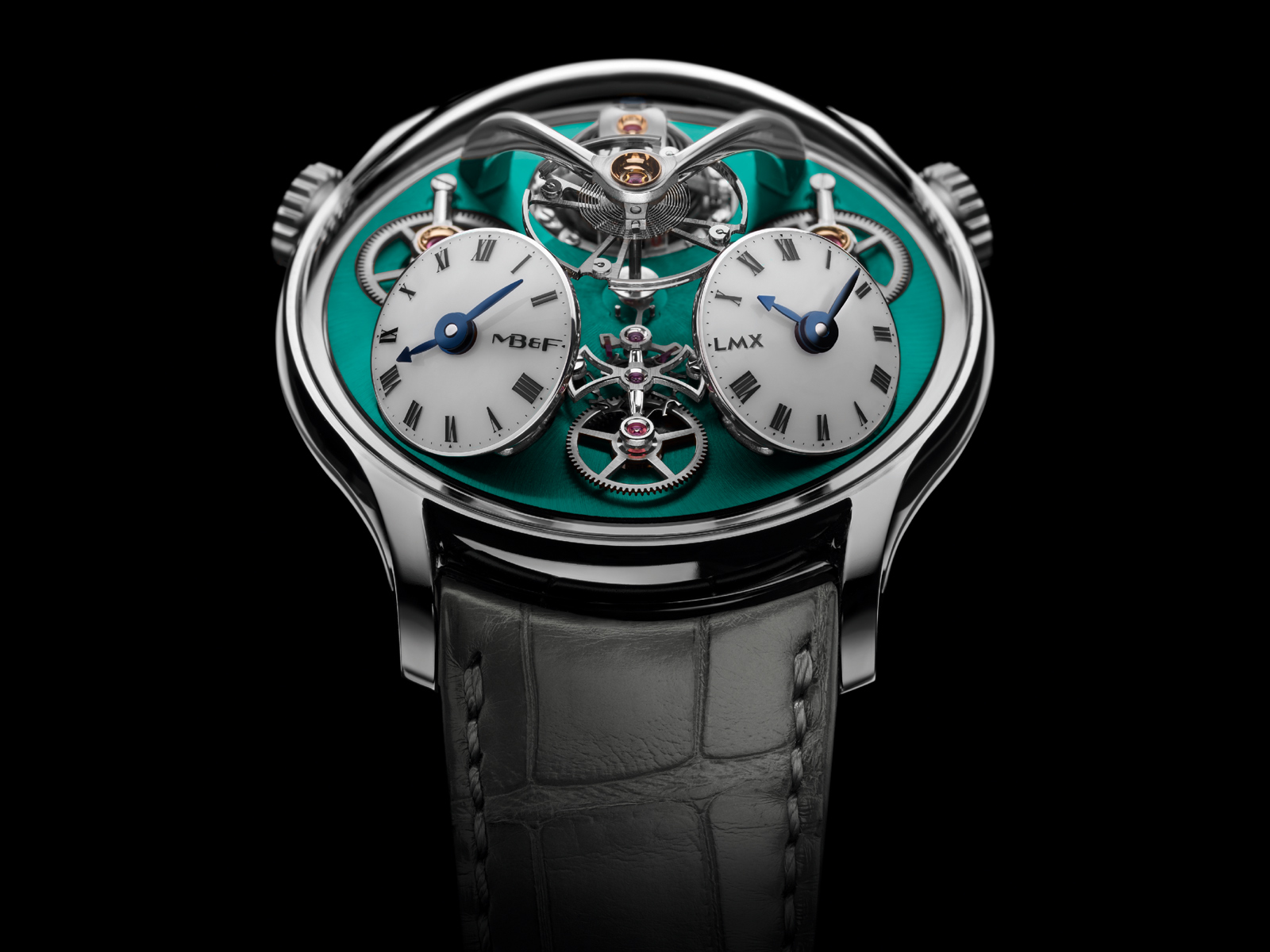
And in titanium with a green dial
A different movement
Though functionally similar to the LM1, the LMX is quite literally a decade more advanced. It’s powered by a novel movement that’s been designed to reveal more mechanics on the dial, while having a much longer power reserve and preserving the dimensions of the case.
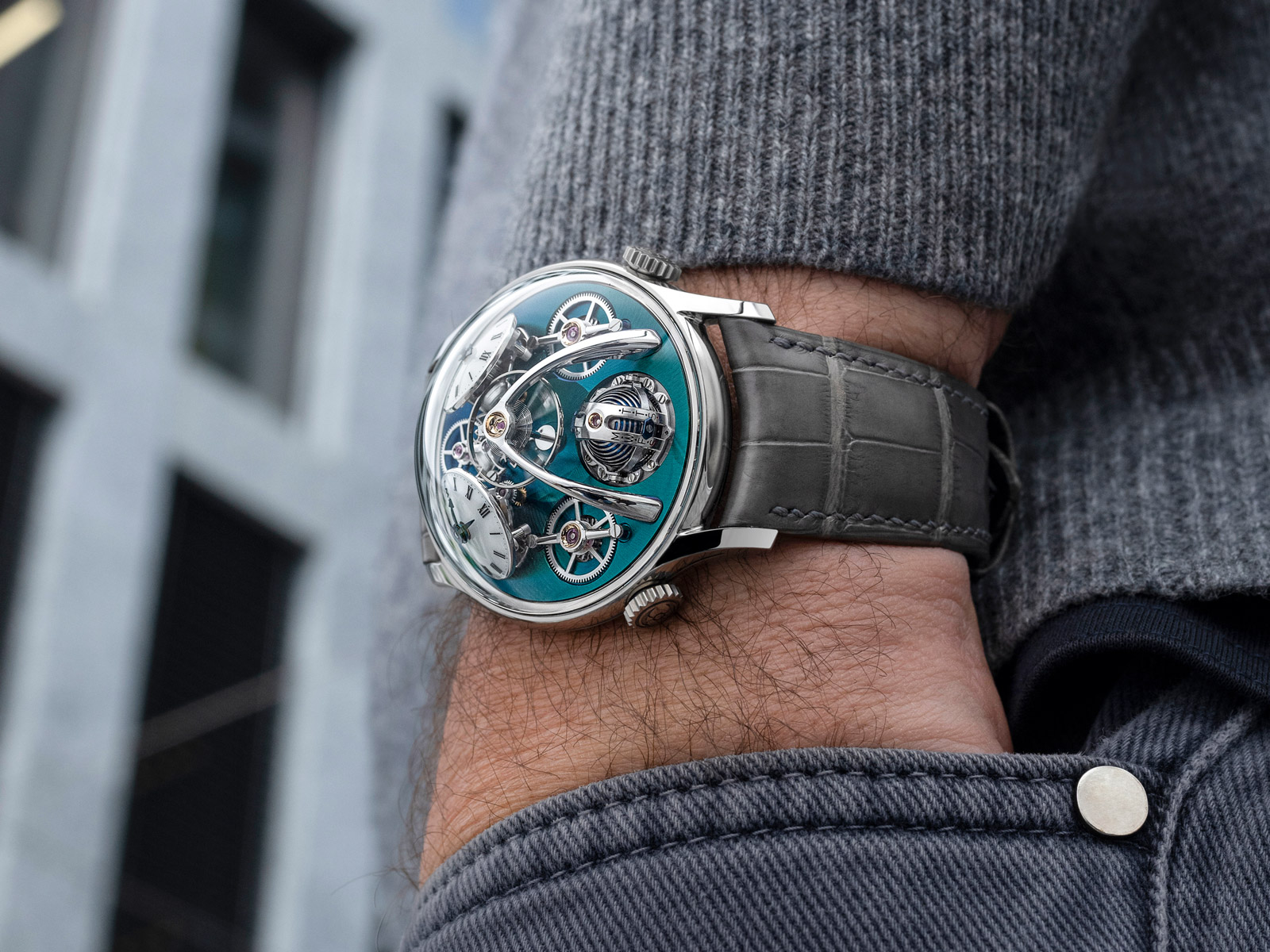
To start, the dial side is designed to showcase its finishing, one of the focal points of the LM series, which are inspired by classical, 19th century watchmaking.
Perhaps the most compelling bit of the construction are the steel bridges – all wonderfully finished. Take for instance the pair of steel bridges behind each of the twin dials, which despite being smallish, manage to be highly polished and rounded on its top surface with straight grained flanks, and set with a bowl-shaped gold chaton.
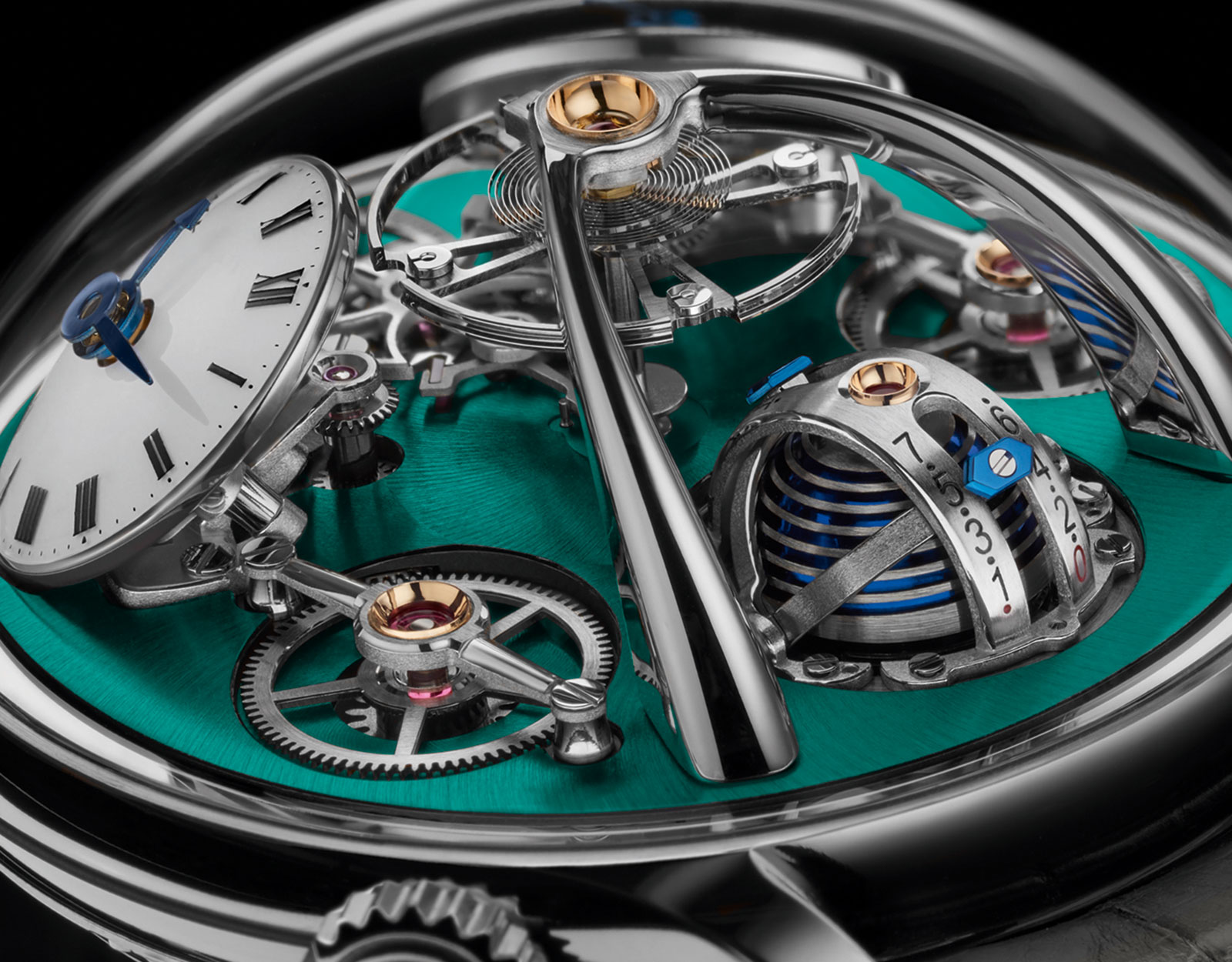
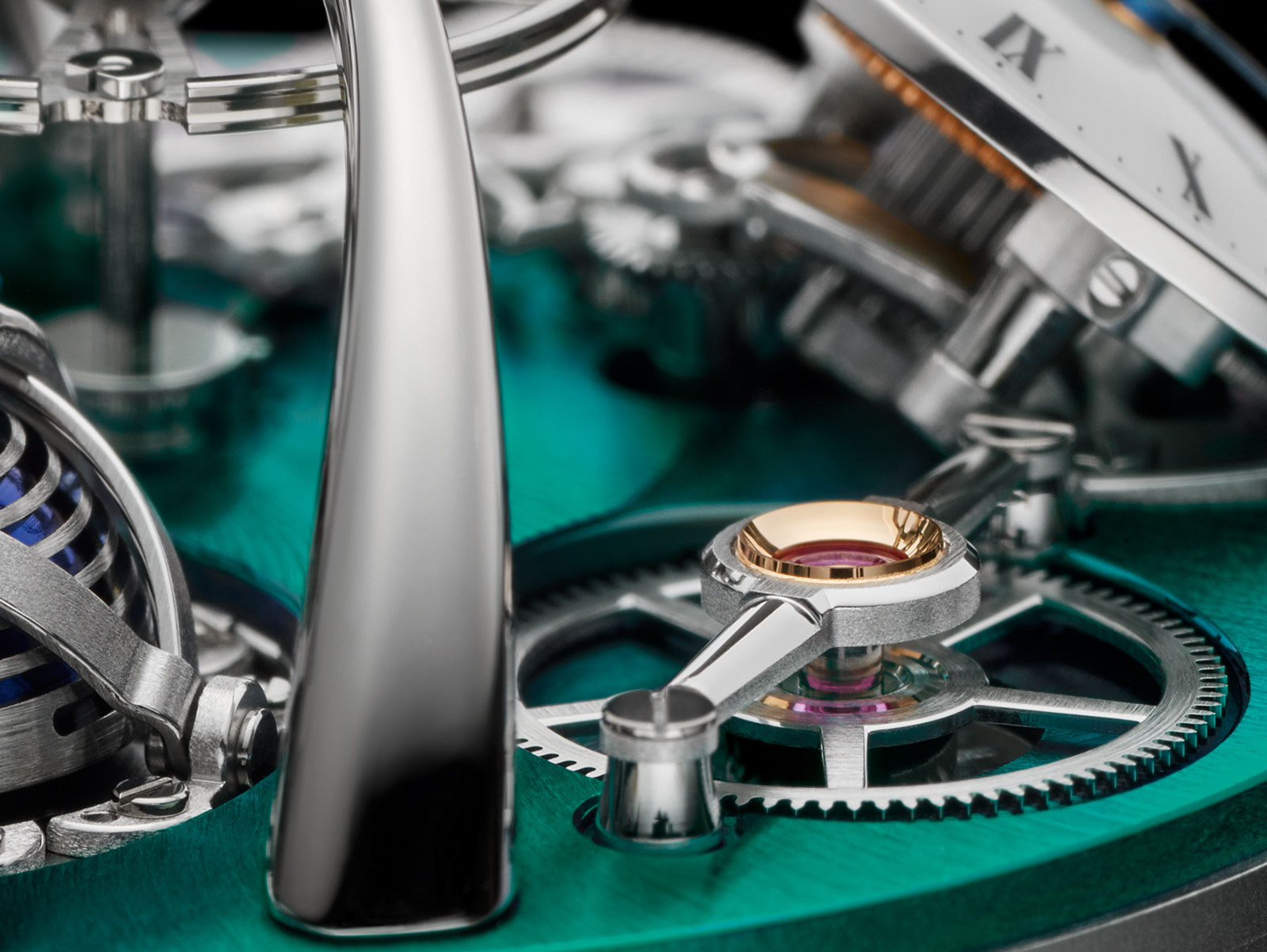
And on the back, the layout is unusual too. Instead of a having the bridges styled like a pocket watch as is tradition with the LM series, the movement architecture is decidedly modern.
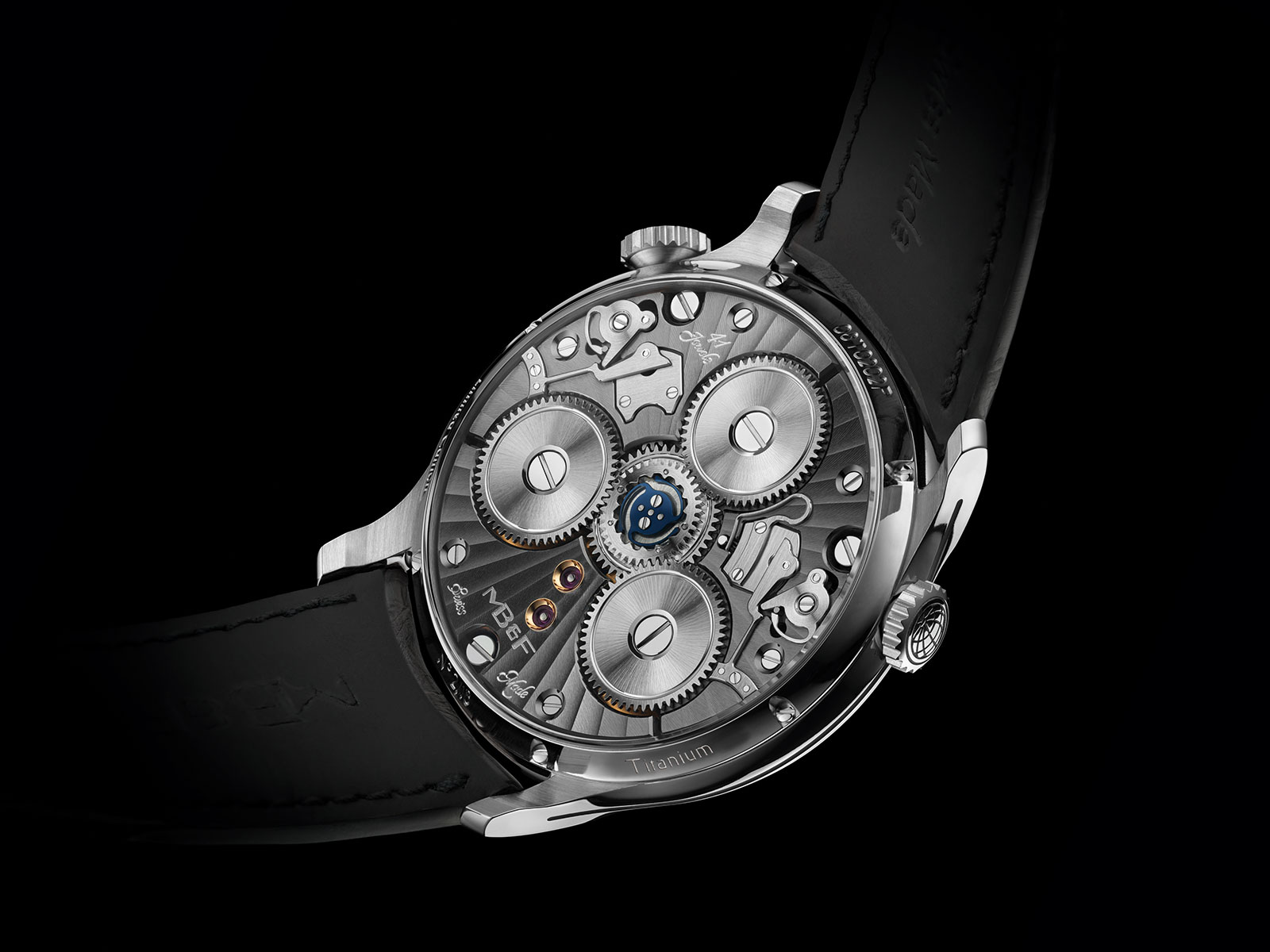
It has three barrels surrounding a central ratchet wheel that incorporates an unusual, blued three-armed click spring, resulting in a long, seven-day power reserve, a huge increase from the 45 hours of the LM1.
The fact that the movement is far more advanced than that of the LM1, while retaining the 44 mm diameter as the LM1, testifies to the smartness of its construction.
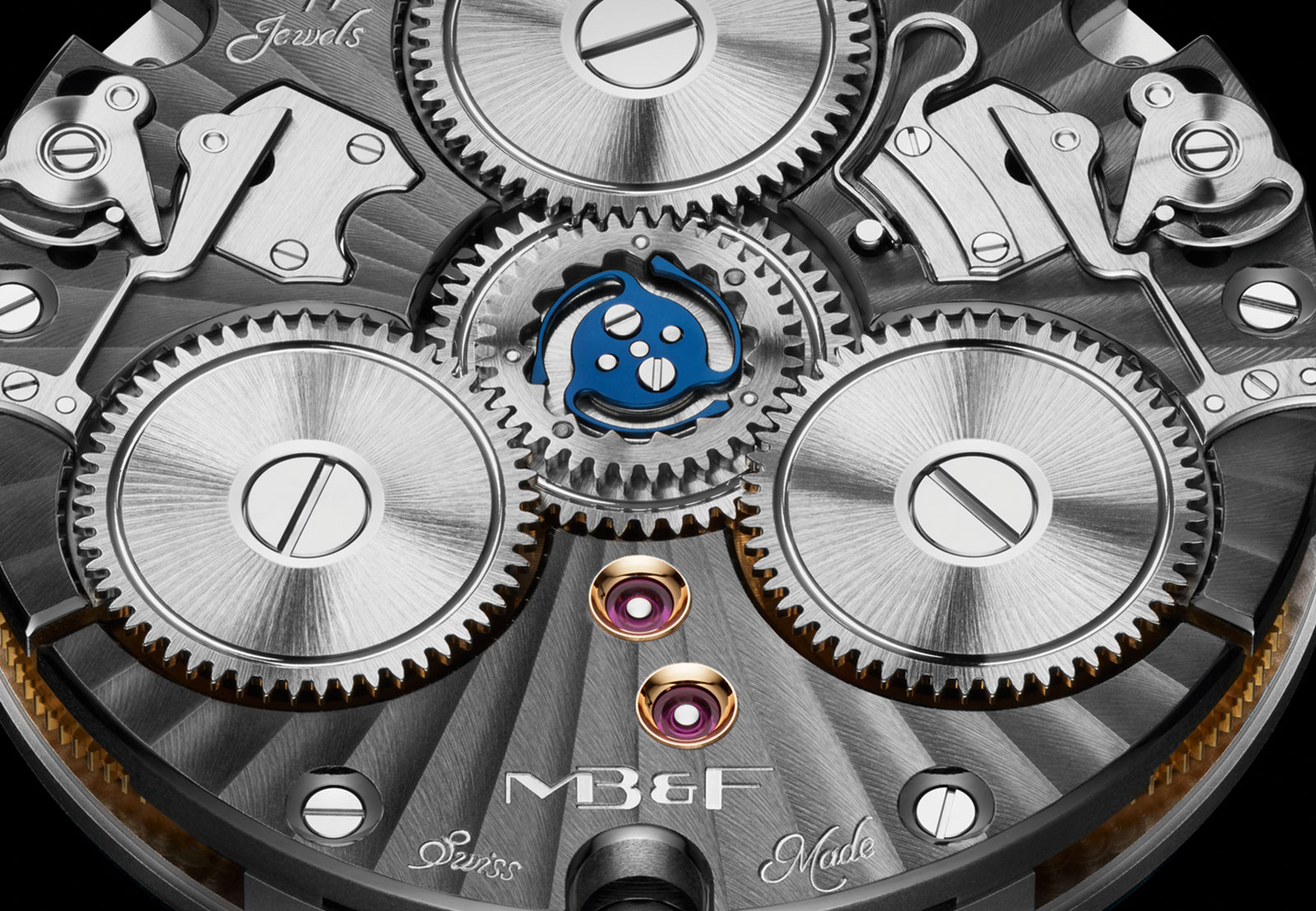
Key Facts and Price
MB&F Legacy Machine LMX
Diameter: 44 mm
Height: 21.4 mm
Material: Titanium or 18k pink gold
Crystal: Sapphire
Water resistance: 30 m
Movement: Three-dimensional horological movement
Functions: Hours, minutes, second time zone, and power reserve indicator
Winding: Hand-wound
Frequency: 18,000 beats per hour (2.5 Hz)
Power reserve: 7 days
Strap: Alligator strap with folding buckle in matching metal
Limited edition:
Titanium – 33 pieces
Pink Gold – 18 pieces
Availability: At MB&F retailers and MAD Galleries
Price:
Titanium – US$112,000
Pink Gold – US$128,000
For more, visit MBandF.com.
Back to top.


